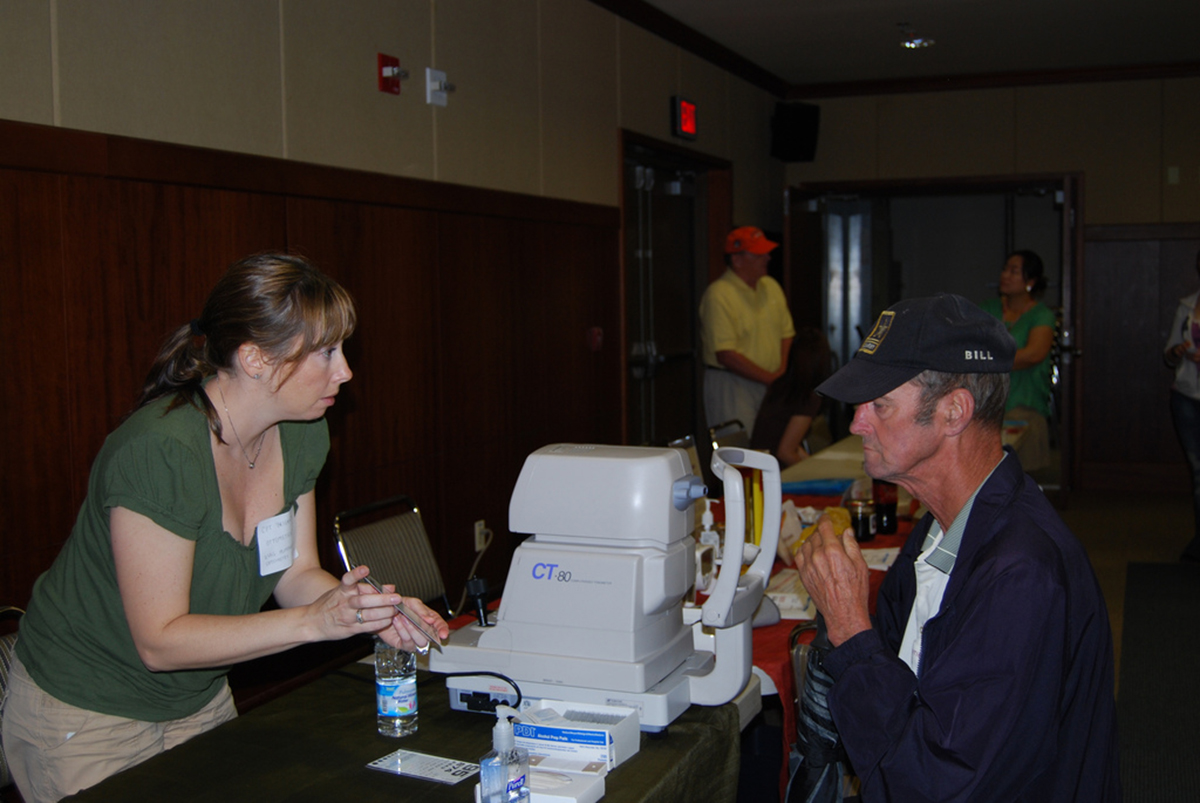Table of Contents
Open-angle glaucoma is the most common type of glaucoma. It progresses gradually and is often painless, so you might not know you have this disease until you have already lost a significant portion of your vision.
Closed-angle glaucoma is less common but is painful compared to open-angle glaucoma. This condition can appear suddenly and it causes discomfort which leads to people seeking medical attention before it gets worse.

Diabetic retinopathy
Retinopathy means damage to the retina. Diabetic retinopathy is the damage to the retina caused by complications of diabetes. It is a very common complication of diabetes. Over time, high blood sugar can cause blood vessels in the eye to leak. This blockage and leakage diminishes the blood supply to the retina, thereby causing damage. The symptoms of diabetic retinopathy might not appear right away and you may not realize how damaged your retina is.
Some of the most common symptoms of diabetic retinopathy include:
- Blurry vision
- Floaters (dark strings floating in your vision)
- Reduced night vision
- Sudden blindness
Diabetes can be deadly and the longer you have it, the higher your chances of having complications like diabetic retinopathy. It is very important to monitor your blood sugar, take the proper medications, and maintain a healthy lifestyle if you live with diabetes. If you have diabetes, it is advisable to have an annual eye examination even when you are younger.
Dry eye
It is medically known as Keratoconjunctivitis sicca (KCS) or Dry Eye Syndrome. Dry eye syndrome is a disorder that can be caused by either decreased tear production or increased tear evaporation. This occurs when your tears are not able to provide moisture to your eyes. As you get older, the production of tears decreases, which can lead to dry eyes. Dry eye syndrome is more common in women and it can be associated with inflammation of the lacrimal gland, any disease that changes the components of your tears, and hyperthyroidism. Certain medications can also cause dry eyes. Eye drops can help in some cases.
Some of the most common symptoms of dry eye syndrome include:
- Dryness of the eyes
- Scratchy eyes
- Stinging and burning of the eyes
- Redness of the eyes
- Foreign body and pulling sensation
- Increased sensitivity to light
See Also: Natural Remedies for Dry Eye Syndrome
Retinitis pigmentosa
Retinitis pigmentosa is an inherited degenerative eye disease that can cause blindness. Although symptoms of retinitis pigmentosa can occur in infants and the diagnosis is usually made in adolescents and young adults, most people with retinitis pigmentosa are legally blind by age 40. The later the onset of this disease, the more rapid it progresses.
Some of the more common symptoms of retinitis pigmentosa include:
- Night blindness (the most common symptom)
- Absent peripheral vision or absent central vision
- Blurry vision
- Difficulty differentiating colors.
These diseases described above can lead to low vision (Low vision occurs in people with reduced vision even after using corrective lenses, medicine, or doing surgery). More than 82 percent of people who are visually impaired are 50 years of age or older. This is why it is very important that everyone age 50 and above visit an eye care professional regularly. The earlier you get diagnosed, the better the chances of saving your sight.
Of course, the prospect of a potentially blinding disease isn't the only reason to get your eyes checked regularly; people over 50 also suffer from presbyopia, an inevitable condition that requires the use of reading glasses.
- Photo courtesy of ORBIS UK by Flickr : www.flickr.com/photos/orbis_emea/9630296474/
- Photo courtesy of USAG- Humphreys by Flickr : www.flickr.com/photos/usaghumphreys/4864134499/


Your thoughts on this